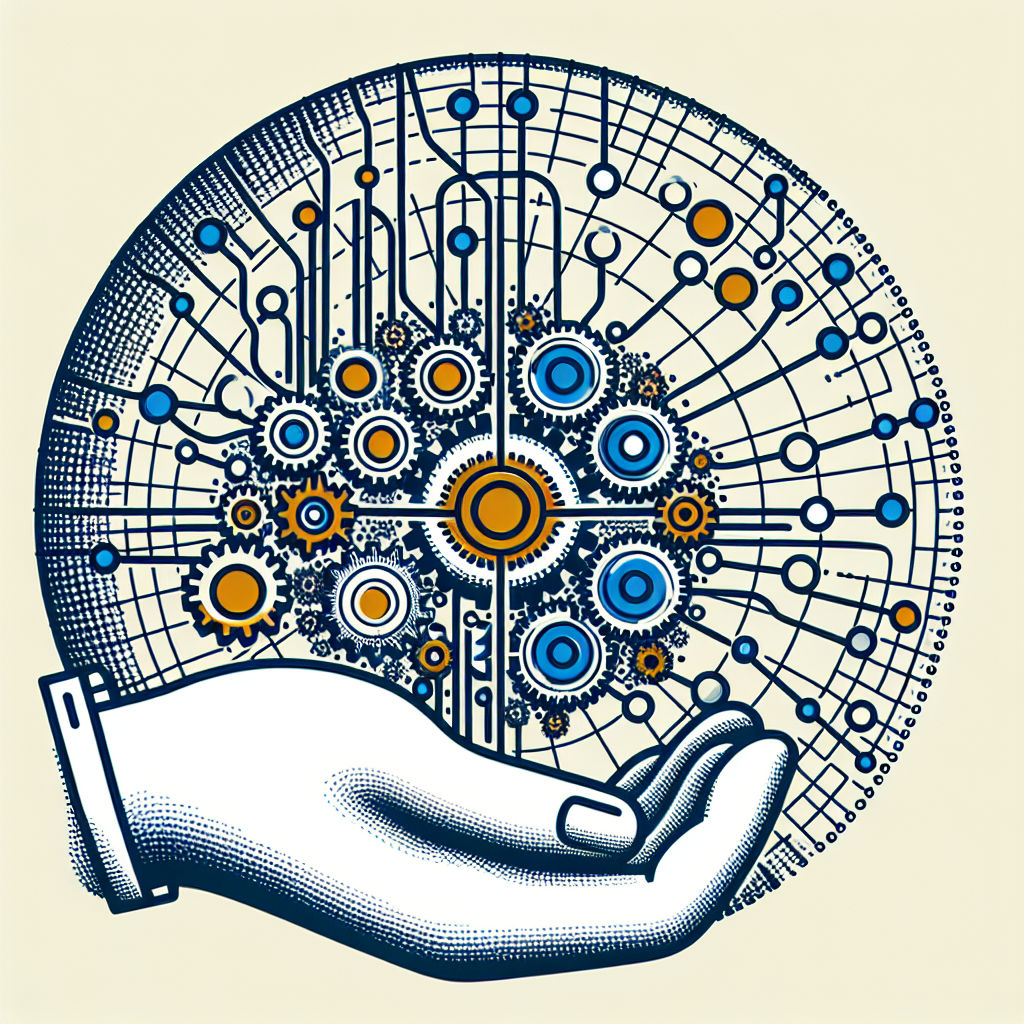Your cart is currently empty!
Enhancing Machine Translation with Recurrent Neural Networks

Machine translation has made significant advancements in recent years thanks to the integration of recurrent neural networks (RNNs). RNNs have proven to be a powerful tool in enhancing the accuracy and fluency of machine-translated texts.
RNNs are a type of neural network that is designed to handle sequential data, making them well-suited for tasks like language translation. Unlike traditional feedforward neural networks, RNNs have loops within their architecture that allow them to retain information from previous inputs. This ability to remember context and previous information is crucial for accurately translating languages, which often rely on nuances and context for accurate interpretation.
One of the key advantages of using RNNs in machine translation is their ability to handle variable-length inputs and outputs. This is particularly useful when translating languages with different sentence structures or word orders. RNNs can adapt to these variations by processing each word in the input sentence one at a time and predicting the corresponding words in the output language.
Another benefit of using RNNs in machine translation is their ability to capture long-range dependencies in the input text. This means that RNNs can take into account the entire context of a sentence when translating it, rather than just focusing on individual words or phrases. This leads to more accurate and coherent translations that better capture the meaning and tone of the original text.
In addition to their ability to handle sequential data, RNNs can also be trained on large amounts of text data, allowing them to learn complex patterns and relationships between words in different languages. This enables RNN-based machine translation systems to produce more accurate translations, especially for languages with distinct grammar rules or vocabulary.
Overall, the integration of recurrent neural networks in machine translation has significantly improved the quality and fluency of translated texts. By leveraging the power of RNNs to capture context, handle variable-length inputs, and learn complex patterns in language data, machine translation systems can now provide more accurate and natural-sounding translations than ever before. As RNN technology continues to evolve and improve, we can expect even greater advancements in the field of machine translation in the years to come.
#Enhancing #Machine #Translation #Recurrent #Neural #Networks,rnn

Leave a Reply